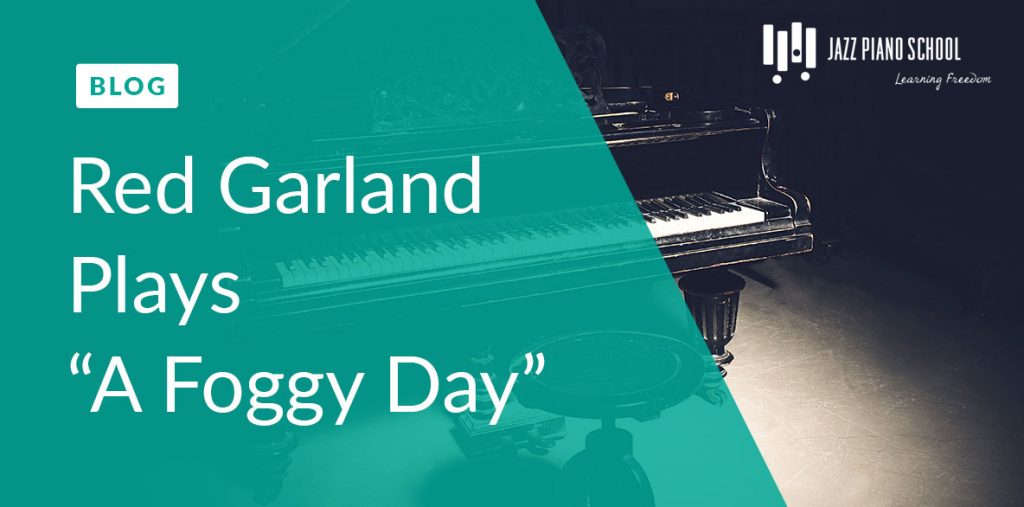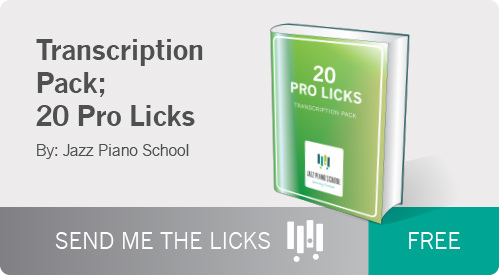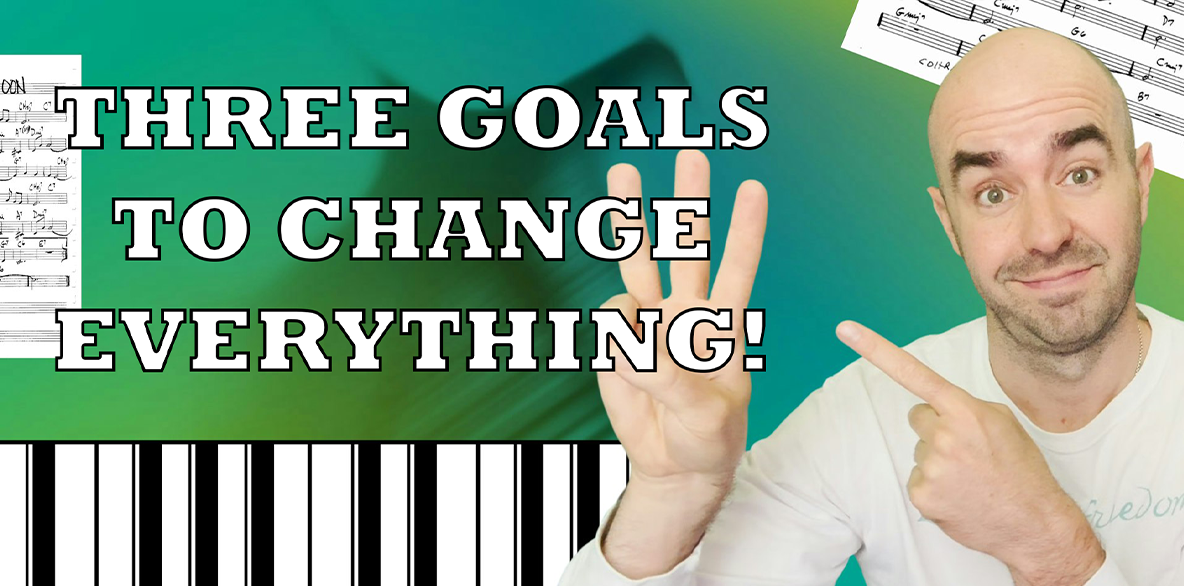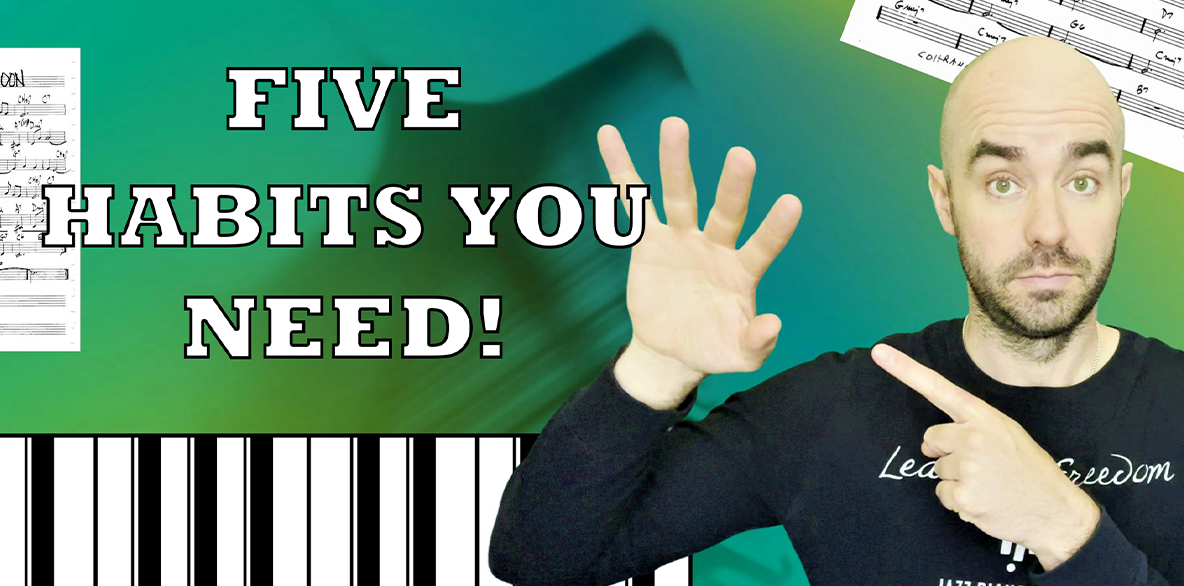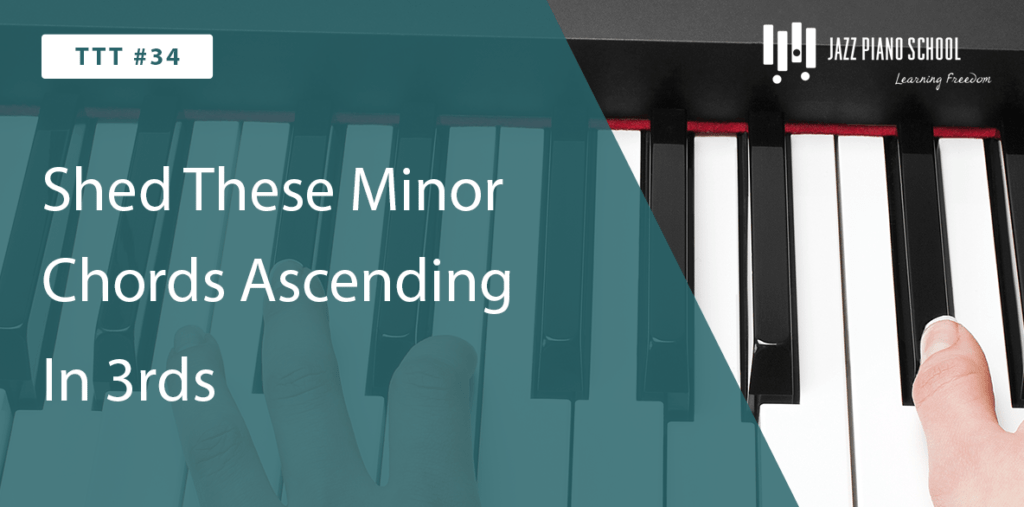By Sam Griffith
Red Garland is a masterful pianist. He plays with taste and eloquene, and is a great pianist to emulate. Garland’s adaptations of standards are usually pretty terrific and provide nice blueprints for playing in a trio format. Let’s take a look (and listen!) to his version of “A Foggy Day” from the album A Garland of Red.
[x_video_embed][/x_video_embed]
Intro
Adding an intro seems obvious, yet many of us are guilty of calling standards and starting with the melody. Intros can be very effective in creating different textures. In this version of Foggy Day, Red plays a nice little intro that pedals off of 2 and 4, and tags the last four bars of the tune. This type of intro works over most standards. It should also be noted that Paul Chambers is pedaling in harmony (definitely a cool effect) and the Red is using both hands together (more on this later).
Melody –
When the melody begins, one of the first things we should listen for is how he uses each hand. The left hand is very deliberately comping “for” the melody. It’s amazing how authoritative his comping is, especially with regards to the melody. His comping could be for anybody playing the melody, nonetheless himself!
The last four bars of the melody, Red plays the melody with both hands. This works as a perfect musical cue that a solo will be happening soon. This is also a very simple way of shaping the melody. Working with the single-line melody, then switching to block chords with both hands creates an instant shape to the melody!
Piano Solo –
Red plays amazing on this track. His solo is articulate, tasteful and well-planned. His left hand playing is very deft, and crisp. His be-bop lines mesh well with this style and it gives the track a very light feel. We could spend a good amount of time just analyzing his solo. Here is a great YouTube video which features a transcription of one of his licks. Finally, it should also be noted how strongly he ends his solo. By using both hands and ending on a strong melodic phrase, there is no doubt that he is concluding his solo.
Bass Solo –
Paul Chambers takes an amazing bass solo. He remains very under-rated in the jazz world (despite being incredibly prominent – confusing..I know!). Red’s comping for the bass so great; an amazing blend of sparse chords while still playing enough to mark key melodic sections. It seems like Red’s comping during the second chorus is a little more sparse, perhaps to give P.C. further room to stretch out.
Another Piano Solo!
After the bass solo, Red decides to go for Round 2. The decision to solo twice is always a bold one. In this case, it might just be to add to the track length. Maybe he intended on trading with the drums, but Art Taylor wasn’t paying attention. Maybe he was just feelin it. Either way, it does not seem out of place. Red follows this up with melody, which is played in a much different fashion that the in-head. To conclude this track, Red plays a similar figure to the one they use as an intro. After a nice little tag, its over.
Great Jazz
There is a lot than can be absorbed from this recording. Red plays with a subtle, swinging touch. He plays very definitively and it’s easy for the listener to follow (and doesn’t impose on Red’s creativity!). This track is a great example of piano trio playing that is fun and fresh.
Find out more about Sam on his website – www.samuelgriffith.com and through his blog – www.dizzylandjazz.com


